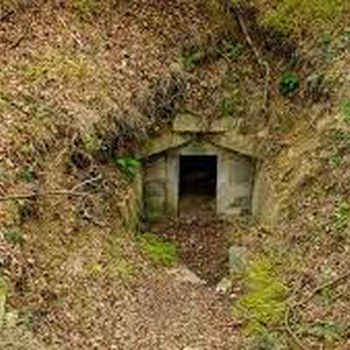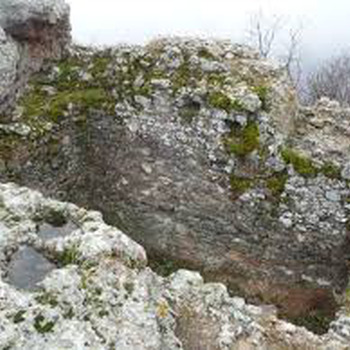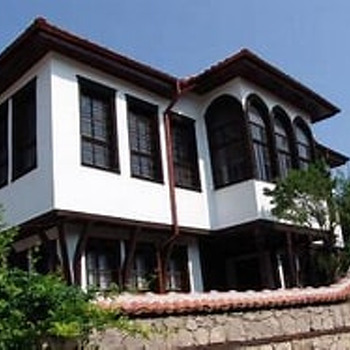Late Roman and medieval fortress Chala - Stambolovo village
Overview
The most interesting is the cult complex of Thracian monuments at the great Eastern Rhodope hill Chala - a reserve of Thracian, Roman and Old Bulgarian monuments. It is surrounded by the villages of Kralevo, Dolno Botevo, Golyam Izvor and Malak Izvor. In the highest part of Chala, about 2 km east of Kraljevo, there are remains of three rows of walls of a Thracian fortress, which are stone belts / fences / of dry masonry / construction without solder /. Arrows and pottery from the Old Iron, Young Iron, Roman, Late Roman and Middle Ages have been found in the area of the fortress. In this fortress during the Roman era there was a Thracian sanctuary from the III century, among the remains of which were found several lead mirrors, some of which with an inscription praising the beauty. Coins have been found since the same time in the village of Kralevo. About 1 km southeast of Kraljevo, on the western slopes of Chala, there are several groups of picturesque rocks, immersed in lush greenery. them, known as the Cave, has an oven-shaped shape with an elliptical entrance. The traces of the hammering of the ceiling and the walls of the tomb are clearly visible. Around the entrance there are still carvings, which were supposed to hold a stone door / slab /. 4-5 m above the Cave are the remains of the Small Cave - a completely artificially formed smaller tomb with an opening of about 1 m - now half-destroyed. Continuing our walk around the western slopes of Chala, we will find later monuments. In the lowest part there is a medieval necropolis, whose graves are decorated with slab stones. There is an old Bulgarian necropolis from the IX - XI century with graves in the Kuza area, about 1 km northeast of the village of Kralevo, and 50 m to the left of the road Kralevo - Koren. At the northern end of the western slope of Chala, about 300 m from the northeastern end of the village of Kralevo, in the area of Chortlenya is a Thracian cult complex of necropolis and sanctuary. There are carved trapezoidal niches on a group of isolated rocks. The Chortlenya area is rich in water. There is a large retaining wall with stones taken from a ruined sanctuary. This wall protects the modern catchment of drinking water. Its construction shows a significant amount of second-hand profiled stones and stone blocks with a carved gutter through which open water flowed. Probably there was a nymphaeum or a Thracian sanctuary here - a marble votive relief of the Thracian horseman was found nearby. Remains of a large late Roman and medieval fortress can be seen in the land of the village of Golyam Izvor. The fortress was built of shaped stone blocks used by the neighboring villages of Golyam Izvor and Malak Izvor for the construction of farm buildings. Arrows and spears, coins from the pre-Roman, Roman and Middle Ages were found in the fortress. The found metal buckles, belt applications, a gold coin of Emperor Andronicus II / 1282 - 1328 / and a large number of interesting lead seals from the period IX - XII century show that the remains are from a developed city center. Thracian sharapani / wineries / were found at the foot of Chala from the village of Dolno Botevo, and at a karst spring in the Akmara area - a completely preserved catchment with a reservoir from the IV century. From this region is interesting the great find of Thracian imitations of silver tetradrachms from the island of Thassos from the first century BC, in the area Terfilika, about 2.5 km. From Dolno Botevo, in the direction of the village of Kladenets, a silver breastplate from the 5th century BC was discovered.
Recommended
Sarlaka Fortress; The Bulgarian Stonehenge; Roman road - village of Dolni Glavanak; Kara Yin; Studen kladenez Dam


 Bulgarian
Bulgarian Romanian
Romanian



